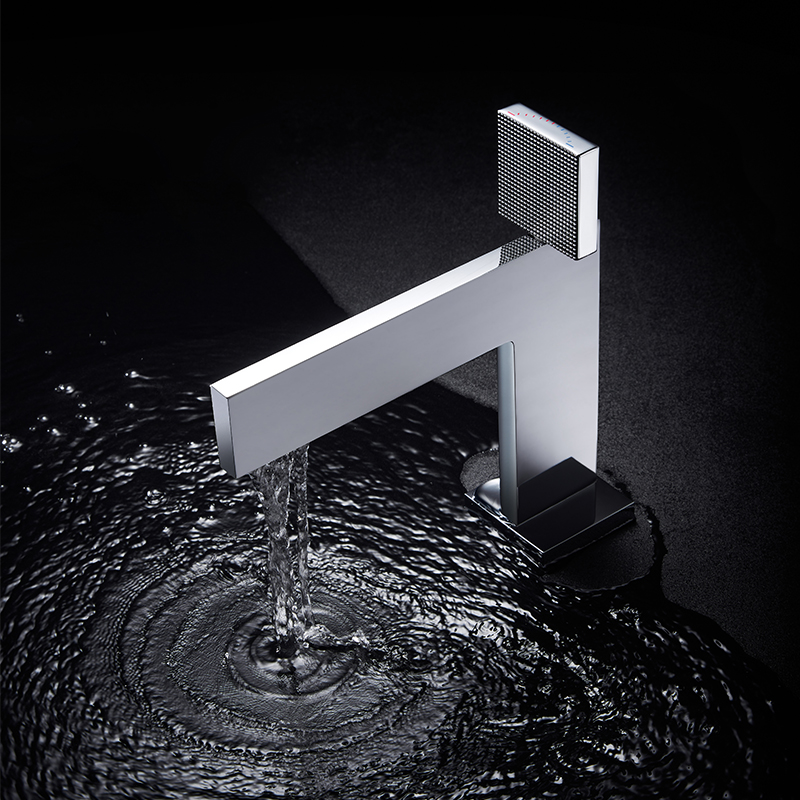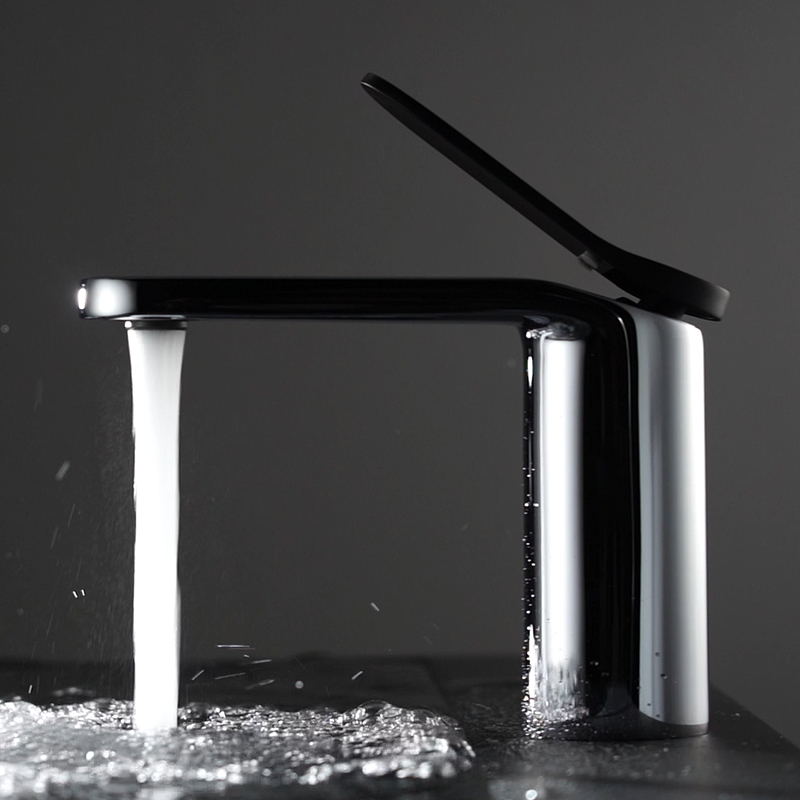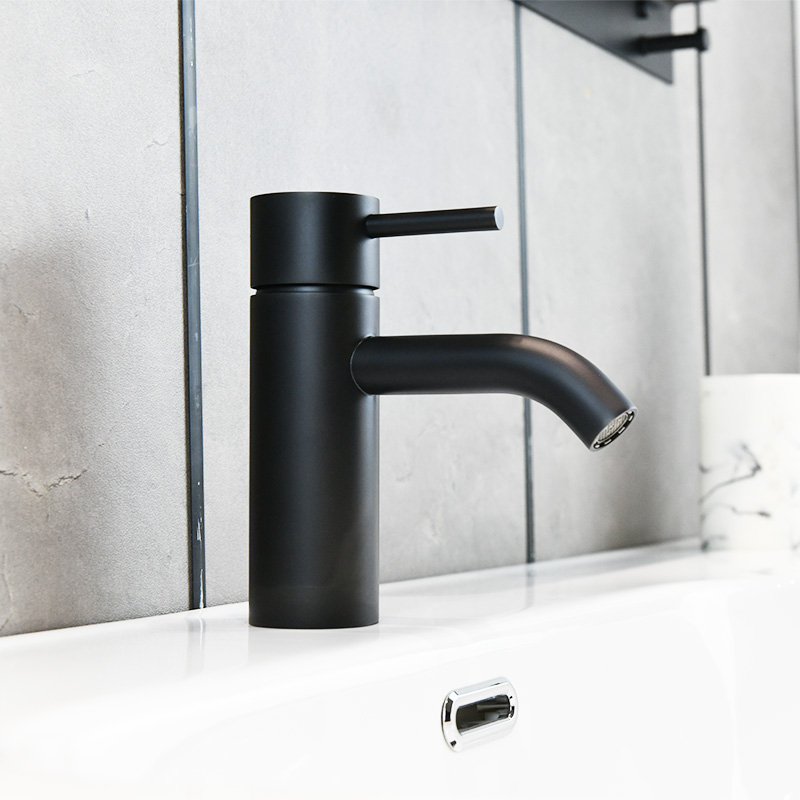
In the realm of residential and commercial plumbing fixtures, faucets have long transcended their traditional role as mere water dispensers, evolving into symbols of technological advancement and environmental stewardship. As we delve into the current landscape of the global faucet industry, it is evident that innovation and sustainability have become the driving forces shaping its growth trajectory.
Industry Overview:
The faucet market, characterized by its rapid pace of product development and design innovation, is witnessing a paradigm shift towards smart technologies. According to recent reports (as of 2024), the demand for intelligent faucets with features such as touchless activation, temperature control, and water-saving capabilities has surged due to increasing health consciousness post-pandemic and heightened awareness regarding water conservation. This burgeoning segment is projected to grow at an impressive CAGR over the next five years, as per the "2023-2029 China Smart Faucet Industry Development Trend Analysis."
Moreover, the rise of IoT-enabled faucets integrates seamlessly with home automation systems, reflecting a broader trend towards connected living spaces. The industry's strategic response to these trends involves heavy investment in R&D to produce faucets that not only meet stringent performance standards but also comply with eco-friendly regulations.

Sustainability Imperative:
With climate change concerns mounting and consumers increasingly valuing sustainable products, the faucet industry is under pressure to reduce its ecological footprint. More and more brands have responded by manufacturing faucets with low-flow designs and advanced aerators that significantly minimize water waste without compromising user experience. In addition, the use of lead-free materials and recyclable components underscores the commitment to sustainability across the supply chain.
Regulatory Impact:
International standards and regional regulations, particularly those targeting water efficiency and material safety, continue to reshape the industry dynamics. For instance, WELS (Water Efficiency Labelling and Standards) and NSF certifications have become benchmarks for quality and eco-friendliness. Compliance with such guidelines is no longer optional but rather a competitive necessity in the international market.


Future Outlook:
Looking ahead, the faucet industry will continue to adapt to changing consumer preferences and global imperatives. By embracing circular economy principles, manufacturers are poised to recycle and repurpose materials, further reducing waste. Additionally, advancements in AI and machine learning could soon usher in a new era where faucets become predictive tools, adapting to individual usage patterns and promoting even more efficient resource management.
As the faucet industry navigates through a period of unprecedented transformation, stakeholders must remain vigilant to the shifting demands of the market. Through persistent innovation, adherence to rigorous sustainability practices, and anticipation of emerging technologies, companies can secure a leading position in this dynamically evolving sector. Thus, fostering dialogues around these topics not only serves to educate the LinkedIn community but also inspires collaborative efforts towards a smarter, greener, and more resilient faucet industry.
